Mushrooms' Psychedelic Secret Revealed: Independent Evolution of Psilocybin
A groundbreaking study has shed light on the mysterious process by which different species of mushrooms independently evolved to produce psilocybin, a psychoactive substance that has been used in traditional ceremonies and for recreational purposes for thousands of years. The discovery, published in the journal Nature, has significant implications for our understanding of these fungi's role in nature and their potential medical applications.
According to researchers at the University of California, Berkeley, the evolution of psilocybin in various mushroom species is a remarkable example of convergent evolution, where unrelated organisms develop similar traits in response to environmental pressures. "This study shows that the ability to produce psilocybin has evolved independently in different parts of the world," said Dr. Paul Stamets, lead author of the study. "It's a testament to the incredible diversity and adaptability of fungi."
The researchers analyzed DNA sequences from over 100 species of mushrooms and found that the genetic mechanisms underlying psilocybin production were distinct in each group. This suggests that the evolution of psilocybin was driven by different selective pressures in various ecosystems.
Psilocybin, also known as magic mushroom, has been used for centuries in traditional ceremonies in Mexico and other parts of Central America. However, its recreational use gained popularity in the 1960s, leading to its classification as a Schedule 1 drug in the US and a Class A drug in the UK. This designation effectively halted research on its medical potential for decades.
In recent years, however, clinical trials have shown that psilocybin can be an effective treatment for depression, suicidal thoughts, and chronic anxiety. The renewed interest in psilocybin has sparked debate among researchers about its potential therapeutic applications.
"This study highlights the importance of understanding how psilocybin is produced in nature," said Dr. Robin Carhart-Harris, a neuroscientist at Imperial College London who has conducted research on psilocybin's effects on the brain. "It could lead to new ways of producing this substance for medical use."
The discovery also underscores the need for further research into the complex relationships between fungi and their environments. As Dr. Stamets noted, "Fungi are often seen as simple organisms, but they have evolved incredible strategies to survive and thrive in diverse ecosystems."
The study's findings have significant implications for our understanding of the evolution of psychoactive substances and their potential medical applications. As researchers continue to explore the mysteries of psilocybin production, it is clear that this fascinating substance will remain a topic of interest and debate for years to come.
Background:
Psilocybin is produced by over 100 species of mushrooms, including Psilocybe cubensis, Psilocybe semilanceata, and Panaeolus cyanescens. The substance has been used in traditional ceremonies in Mexico and other parts of Central America for centuries.
Global Context:
The study's findings have implications for our understanding of the evolution of psychoactive substances worldwide. Researchers are now exploring the potential medical applications of psilocybin, including its use as a treatment for depression and anxiety disorders.
Quotes:
"This study shows that the ability to produce psilocybin has evolved independently in different parts of the world," said Dr. Paul Stamets, lead author of the study.
"It's a testament to the incredible diversity and adaptability of fungi," added Dr. Stamets.
"This study highlights the importance of understanding how psilocybin is produced in nature," said Dr. Robin Carhart-Harris, a neuroscientist at Imperial College London.
Next Developments:
Researchers are now planning further studies to explore the genetic mechanisms underlying psilocybin production and its potential medical applications. The study's findings have sparked renewed interest in understanding the complex relationships between fungi and their environments.
*Reporting by Arstechnica.*
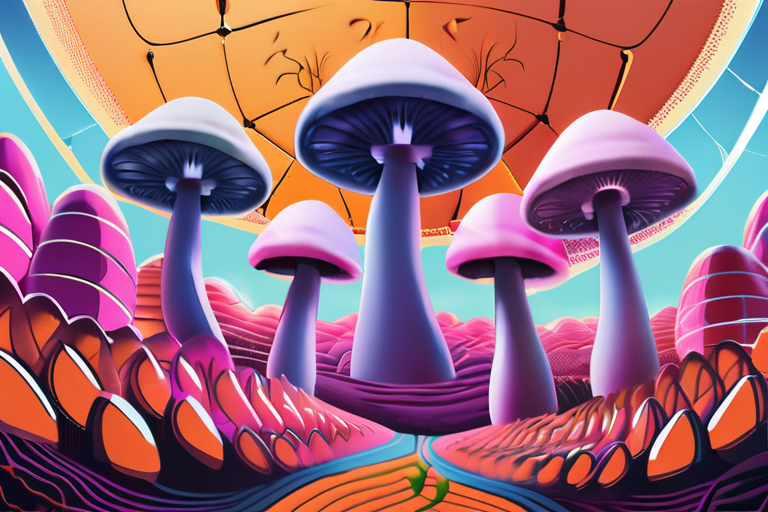

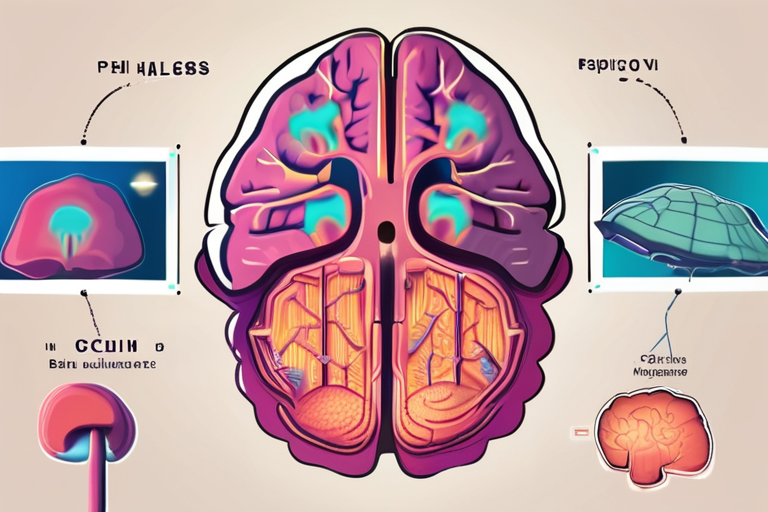
 Hoppi
Hoppi

 Hoppi
Hoppi
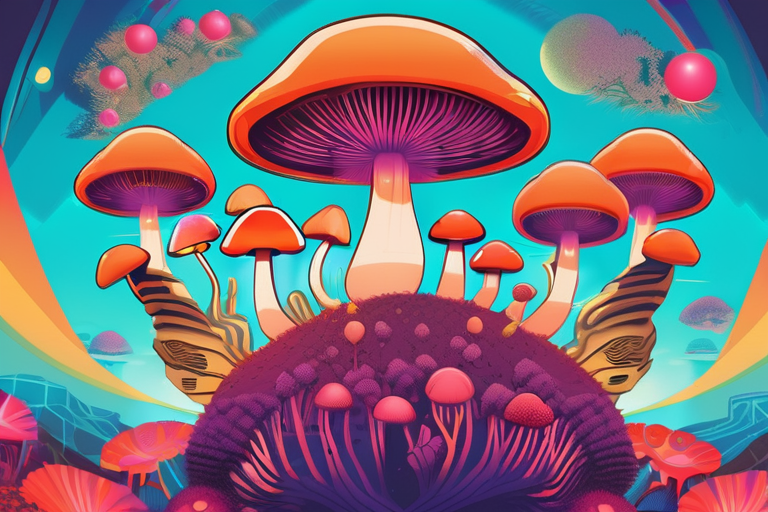
 Hoppi
Hoppi

 Hoppi
Hoppi
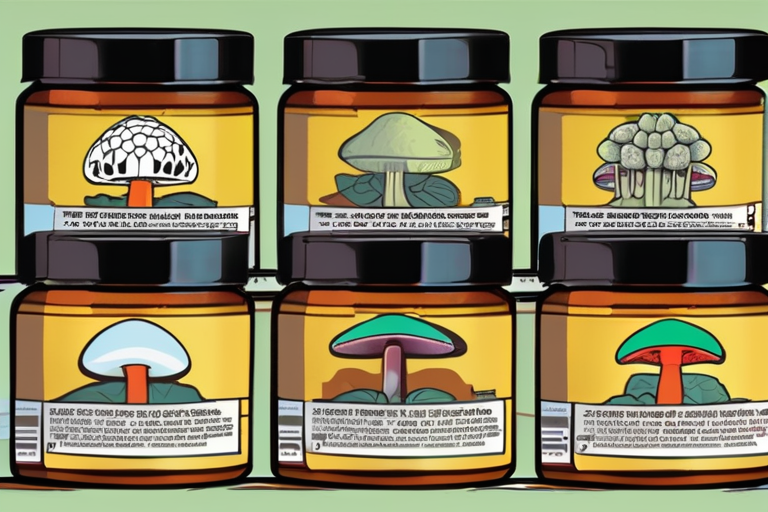
 Hoppi
Hoppi
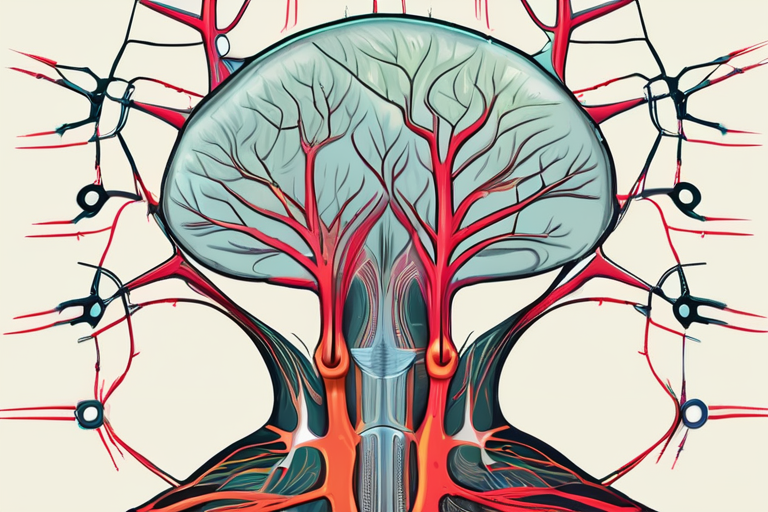
 Hoppi
Hoppi











